There will be a few confessions made, and some resolutions declared. It’s the end of the year after all! It’s time to look forward, even as we reflect on the past.
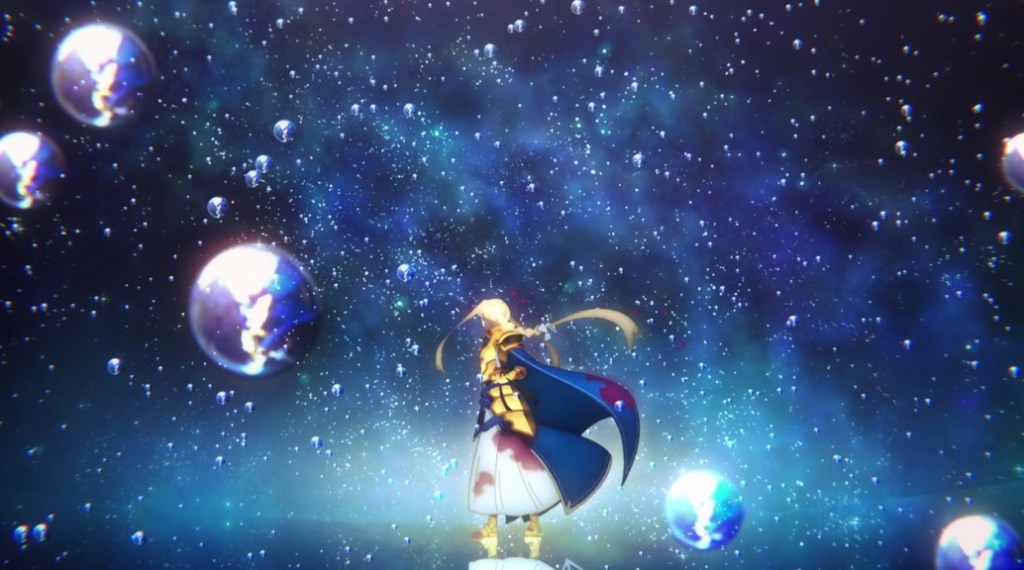
As I said last year around this time, I’m a bit loathe to allow the anime year to end without some sort of chronicle of my year in anime going up here on the blog. My valuation of permanence and tradition aside, I might argue (but won’t here) that cultivating memory of things past is what makes one more than simply a consumer, and that by casting memory into concrete form I make myself at least a little more into a person who uses consumption as fuel for creation. That’s the sort of person I want to be, after all.
I confess I have some regrets, though—at least as far as anime is concerned. As I wrote a few years back, it was Saekano Flat that served as the impetus for me to take a pretty substantial step in pursuing my creative dreams, but it was a much wider of collection of experiences with anime that built the foundation. So this year, in which I’ve watched less anime than ever before, has left me feeling a bit like I’ve lost touch with the thing that inspired me in the first place. Of course, I’ve done a lot of artistic work this year that I’m proud of, but I still feel like something important has fallen aside.

That’s also why, unlike in years past, I don’t really feel like I can do a standard bottom-to-top ranking of the year’s best shows. Some things I intended to watch never got started (due to my own negligence or the fractured nature of the anime streaming market), others I started never got finished (due entirely to my own incompetence), and overall I don’t feel that making a ranking would do justice to the stuff I watched. Next year, I’m resolving to do better. And by do better, I mean watch more anime (and maybe even blog a little more, too!).
So what I have to offer instead is a look at five shows that represent the reasons I’m still watching anime after all this time. It’s not what I’ve always done—my apologies to those of you who’d hoped for the normal countdown to the best anime of the year—but I hope you’ll still find my reflections worth your time.
To Be Pandered To:
The Tragedy of GRANBELM
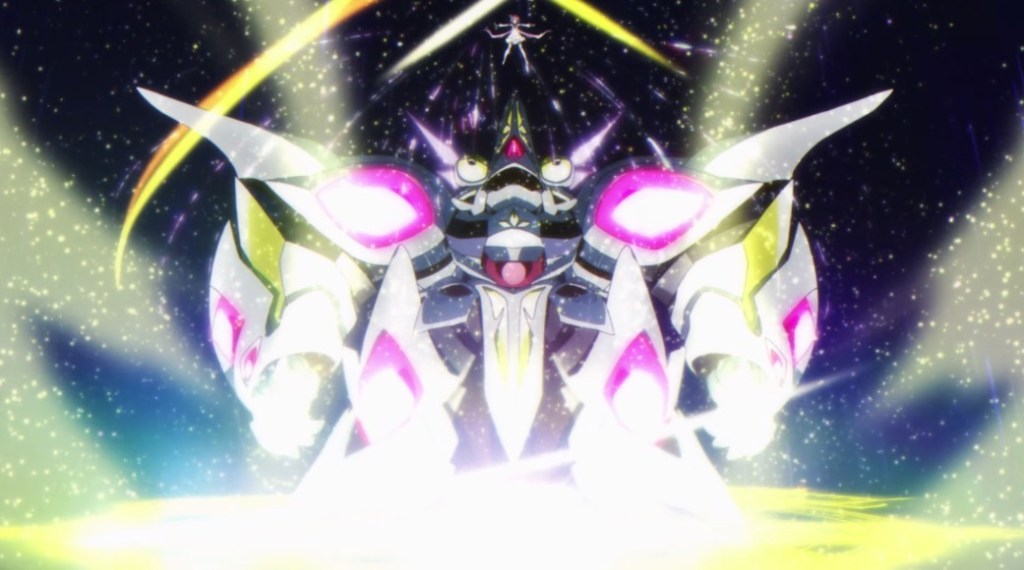
On the surface, GRANBELM (dir. Masaharu Watanabe; Summer 2019) looked like it had everything it needed to be the spiritual successor to Regalia: The Three Sacred Stars (yes, I still remember that show). It had 2D mechas with an emphasis on cool effects animation, the cute and pleasantly rounded character designs of Shinichirou Otsuka, inventive direction that made use of beautiful color motifs, and a story centered on a girl-who-was-a-doll taking control of her own existence.
In short, GRANBELM had everything it needed to pander to the specific audience of me. And in many places, it did exactly what I wanted it to—a bombastic fight to close out the premiere, Mangetsu’s second-episode monologue about her personal insecurities, the introduction of a highly likable side character (Nene-nee), the heart-shaking reveal of Mangetsu’s true nature as a doll, and Mangetsu’s epic last stand—I will not break!! There is a charm to isolating individual elements of a show in this way, to seeing them as discrete objects of delight, for it transforms a single bauble into a constellation of jewels.
Sadly, though, sometimes the constellation doesn’t always form a complete picture. In the end, GRANBELM couldn’t quite be the kind of show that could pander to me from start to finish (although that’s really a different kind of pandering). But in those moments where the character designs had just the right amount of roundness, or the mecha finisher was accompanied by just the right blast of the OST, or Mangetsu rejected falling into despair with a shout, I had everything I needed. I probably won’t remember GRANBELM as holistic work, but at the very least it pandered to me. That’s a good enough reason to watch an anime.
To Be Entertained:
The Comedy of Bungo Stray Dogs S3
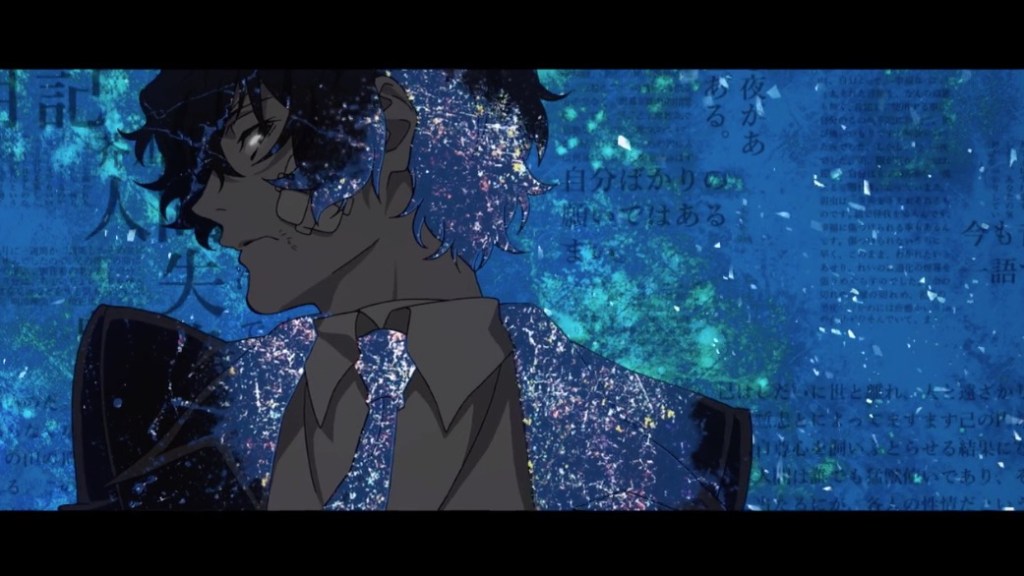
Aside from a truly admirable purple patch at the beginning of its second season, Bungo Stray Dogs (dir. Tatsuya Igarashi; Spring 2019) to me has always been a show whose defining traits are pretty colors, pretty shots, and very pretty people. Perhaps just a bit less important is the show’s general competence as, well, a show. These traits make for an anime that is infinitely watchable—and, as this section’s heading suggests, entertaining.
I think there is something to be said for shows that are simply entertaining in a conventional sense. Despite Takuya Igarashi’s delectable direction and occasional forays into significant thematic substance and character development, Bungo is at heart a shounen battler. Of course, it has a more unique set of character powers than most, and the inventiveness of those powers and the way they’re applied contributes a great deal to the anime’s success. It’s no AKB0048, but it is certainly entertainment!
Most important, though, is the fact that no matter which of its many strengths Bungo Stray Dogs is leveraging at a given time, the show never loses touch three key elements: authenticity, camp, and cartoon-ness. Igarashi’s directorial style seems to inherently posses these qualities, and the lack of self-seriousness (not to be confused with a lack of seriousness) grants Bungo a freshness that continues to persist even into its third season. Whether it’s a funny face, a splash of battle ridiculousness, or bit of florid direction, such touches make Bungo Stray Dogs easy to invest in, easy to watch, and, yes, easy to enjoy. In such trying times, an anime that can truly entertain you from start to finish is to be greatly appreciated.
To Experience “Anime”:
The Fairy Tale of BLACKFOX

You know how sometimes you watch the trailer to an upcoming anime and just get really good feelings? Of course, it doesn’t always work out the way you want, but when it does… it ends up like BLACKFOX (dir. Kazuya Nomura; Fall 2019).
One of the things I’ve been pondering off and on throughout the last year in the midst of increasing distance from anime is what I actually want anime to be. I touched on a facet of this idea a few years back when I wrote about not having seen Evangelion, but that was more about the experiences of watching anime; what I’m talking about now is individual works. Somewhere out there in the ether is an idea of what my platonic ideal of anime is, and the reason I took so much to BLACKFOX‘s trailer is that it seemed to hint at a show (or movie, as it turned out) approaching that ideal.
Fundamental to this ideal is an unapologetic embrace of anime-as-cartoon; that is, BLACKFOX isn’t afraid to squish faces or embrace 2D effects or otherwise make use of some of the unique advantages of animation. Along with this comes the use of some of the anime characteristics I like most—namely, cute characters doing cool things. That’s a bit shallow and incomplete; maybe I’ll come back to this in a later post. Anyways, when I watched BLACKFOX, despite the fact that its production circumstances relegated the movie to telling half its intended story, I thought, “Ah, this is it. This is what anime should be.” Of course, the ideal itself is a myth and BLACKFOX only a fairy tale expressing part of the ideal. But, still. It’s anime to me.
To Be Inspired:
The Epic of Kemurikusa
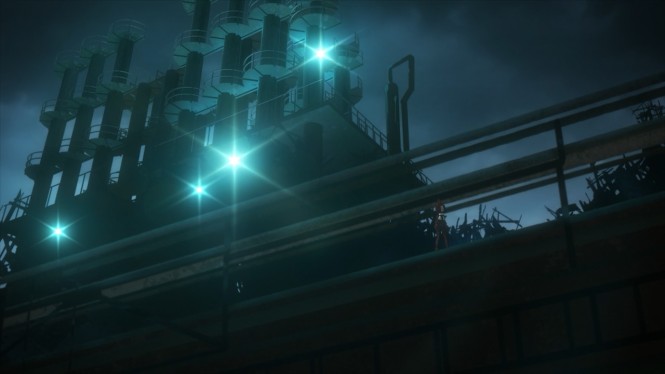
When I talk about anime that inspire me, most times I’m thinking of those that connected with my own sensibilities and desires as a creator—those that inspire me as an artist. Though you might expect something more like Mob Psycho 100 II to appear in this slot, it was really Kemurikusa (dir. TATSUKI; Winter 2019) that most captured my attention in that capacity this year.
I actually have an unfinished blog post about Kemurikusa hanging about, and a large portion of the text discussed the mysterious, dangerous world that the anime weaves around its incredibly likeable cast of characters. There is a sort of beauty in the way Kemurikusa builds up its world through visuals and narrative, as the craft is simultaneously subtle and impossible not to see. But more than just the technical aspects of how Kemurikusa works, there’s the result how it made me as a viewer feel. The sensation of being a part of the world, of being on the journey with Rin, Ritsu, the Rinas, and Wakaba, is a treasured one—and one so powerful that even watching much of the anime while doing chores couldn’t interrupt it.
Having seen a good bit of Kemono Friends and all of Kemurikusa, I’m convinced that the genius of TATSUKI and his team is that their works are marvelously simple. Kemurikusa never over-explains things, is content to allow moments to linger without words being spoken, and doesn’t rush to arrive at its destination. And when the characters do speak, they do so without complexity. I hesitate to call it minimalism, because it’s not that Kemurikusa is lacking in thoughtful detail (the way the kemurikusa in the show function is one example). Perhaps better descriptors would be “efficiency” or “conciseness,” although those sound cold and corporate. But it doesn’t really matter. If you’ve seen Kemurikusa, you know what I mean. And so you’ll also understand why I say it’s a show that’s inspirational in an artistic sense like no other anime I’ve seen this year.
To Wonder:
The Legend of Chihayafuru 3
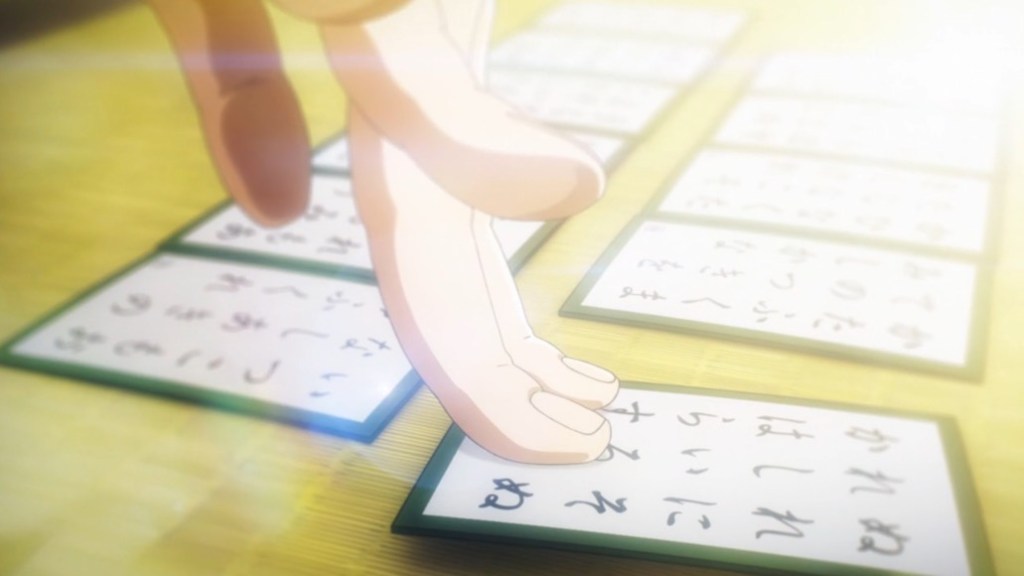
Years have passed since the second season of Chihayafuru came to an end, but you wouldn’t know it by watching Chihayafuru 3 (dir. Morio Asaka; Fall 2019). And that’s as it should be, because Chihayafuru has always been a show carried by the strength of Yuki Suetsugu’s source manga and the steadiness of the anime adaptation. With greatness, no frills are needed.
I had honestly given up hope of ever seeing more Chihayafuru in animated form long before the announcement of the third season came. So when it did, I was stunned. And why not? The first two seasons of Chihayafuru make up one of my all-time favorite anime, one that both arrived in my life to touch my soul at precisely the time I needed it most and one that still continues to be thrillingly brilliant even now that I’ve grown and changed. There’s no other way to describe an anime like that than truly timeless. Even had it not continued, it would have been so.
But Chihayafuru 3 is a reality, which means that we once again can wonder at the way it waltzes through being a gripping character study, an engrossing sports drama, and, most importantly, a story capable of delivering pearls of truth through the smallest, most unassuming moments. It took season 3 only two episodes to get to its first such treasure: “Learn the pain of creating something,” Chihaya’s literature teacher says. “In poetry, in literature… in everything. And once you’ve learned it, resolve yourself to show lenience to others.” More than anything else, these quiet truths are what Chihayafuru is all about. And I wonder at them, truly I do. How can one show contain such wisdom? How can it so consistently touch my heart? How can I respond to the wonder I feel in a way that will spread that joy to others?
Beyond the Television
So that’s where the year leaves me. If I were to have made a proper top 5 or top 10 list, you would also probably have seen names like Run with the Wind (yet another show with an unfinished blog post), Sword Art Online: Alicization, and Danmachi S2 pop up, but as I’ve said, there really wasn’t that much I watched and I didn’t feel like making a full chronicle of my entire year. That’s not all that happened this year in anime, though.
I cannot end this post without mentioning the tragedy that occurred at Kyoto Animation’s Studio 1 in July. I found out about the arson in real time, the night before I was to leave town for ten days on a work trip. It was a really difficult and confusing time, with the reality of life dictating that I not truly deal with my feelings of sadness, grief, and loss. Life, as they say, was going on. In the midst of all that, I tried desperately to write something to could express what was in my heart and mind, but as they so often do with such events, words failed me. All I can offer are two paragraphs from what I tried to write; they are perhaps the most personal of all the text I composed:
A few months back, I purchased a Liz and the Blue Bird artbook from the KyoAni shop. When it arrived, I was struck by the care with which the book had been packaged. I even kept the cloth wrapping that had been placed around the book because it was so nice. I am not as qualified as many to say to what degree this attention to detail and excellence is reflective of Kyoto Animation as a whole, but I’ve be led to believe that the care put into this package does indeed speak to the kind of place KyoAni is. Opening that box was followed by the simple thought, “Whoever packaged this book for me did their job very well.”
I pray whoever packaged that book for me is safe.
I regret somewhat that all I can offer (besides the donation I was given the opportunity to make) is this, a near-footnote in a post about another topic, as an acknowledgment in memory of those who died. May their souls rest in peace.

Well. It hardly seems right to return to trivialities after that, but forgive me if I do to end this post on a slightly more upbeat note. What follows is a quick summary of a few other items of note that occurred in my anime life during the year:
- After a good number of years of stubbornness, I finally watched Neon Genesis Evangelion (and the End of Evangelion) as part of Anime Feminist’s podcast on the series. It liked parts of it, but overall I see it as a heavily flawed show more interesting for the effect it had on the anime industry than anything else. I think the podcast’s very good, though, and I hope you’ll check out the Eva episodes.
- A contributing factor to my non-anime-watching was an increase in playing video games. Of most note in anime terms were Labyrinth of Refrain: Coven of Dusk (Nippon Ichi Software, 2018) and Girls’ Frontline (MICA Team). Neither are anime, but both have what I would consider “anime-esque” stories. Each would be deserving of a dedicated post detailing their narrative merits, but I shan’t bore you with the details here.
- Finally, this year, I had the privilege of getting my mother to watch both Liz and the Blue Bird and Maquia. She liked both, and frankly that feels like my greatest anime accomplishment of the year.
As I said at the start of the post, my goal for 2020 is to watch more anime and revive the blog a little. Please try and help hold me to it! May you all have a happy New Year’s, wherever you are in the world, and thanks for reading to the end of this behemoth post.
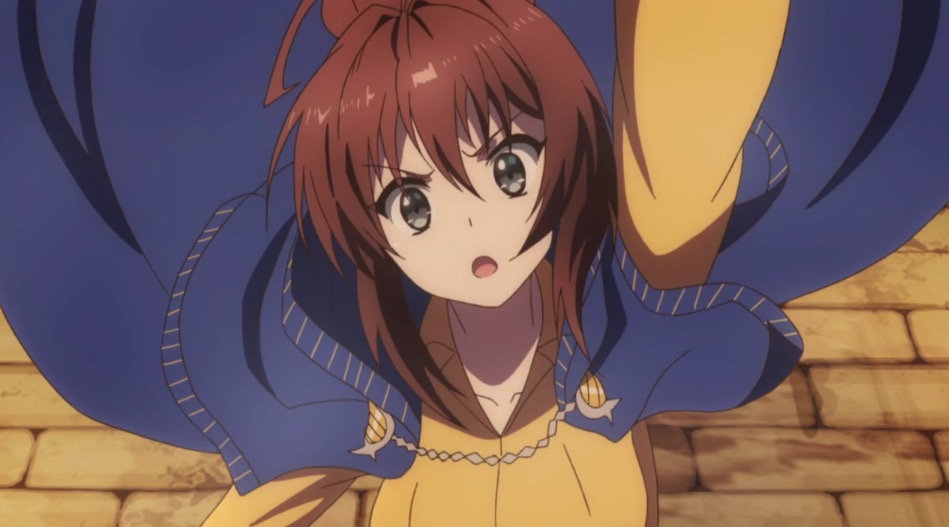








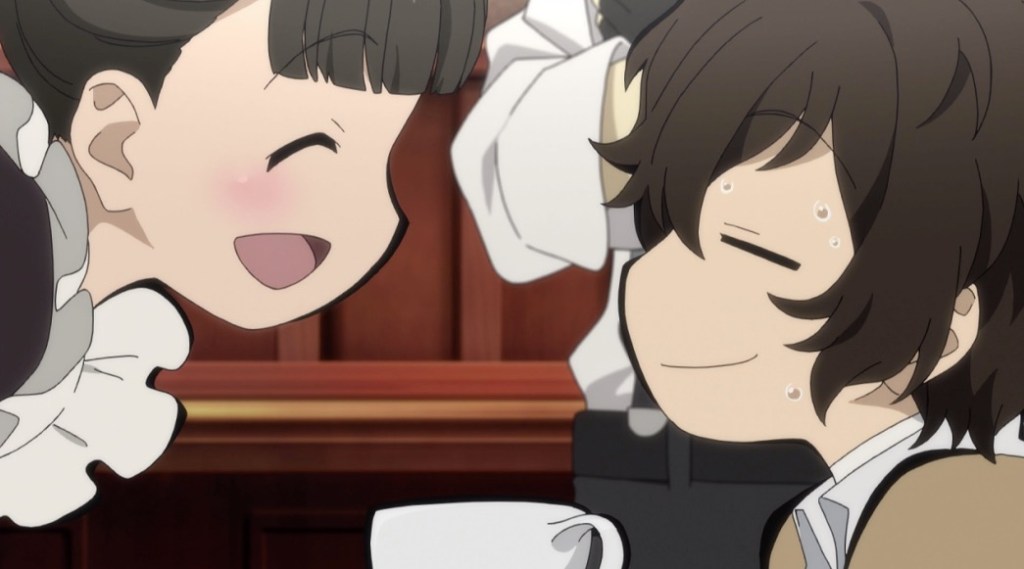

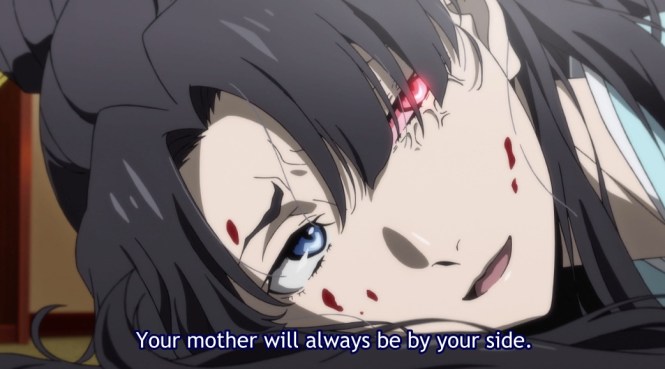


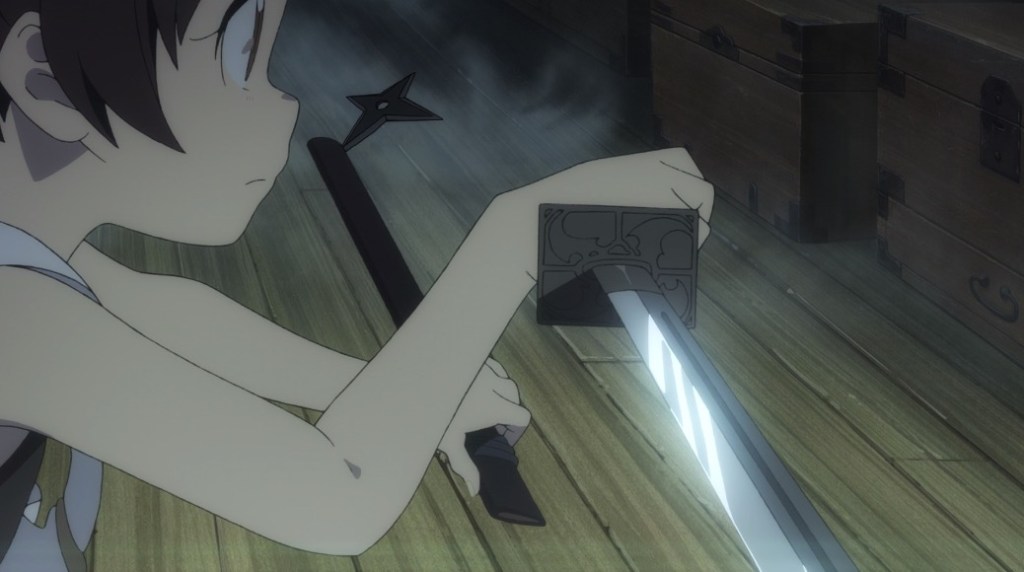
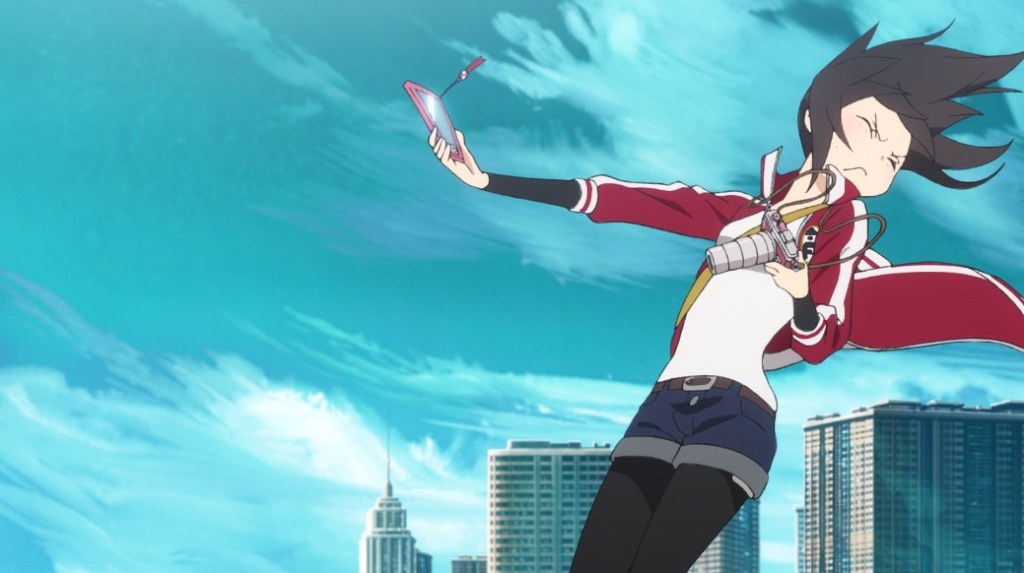
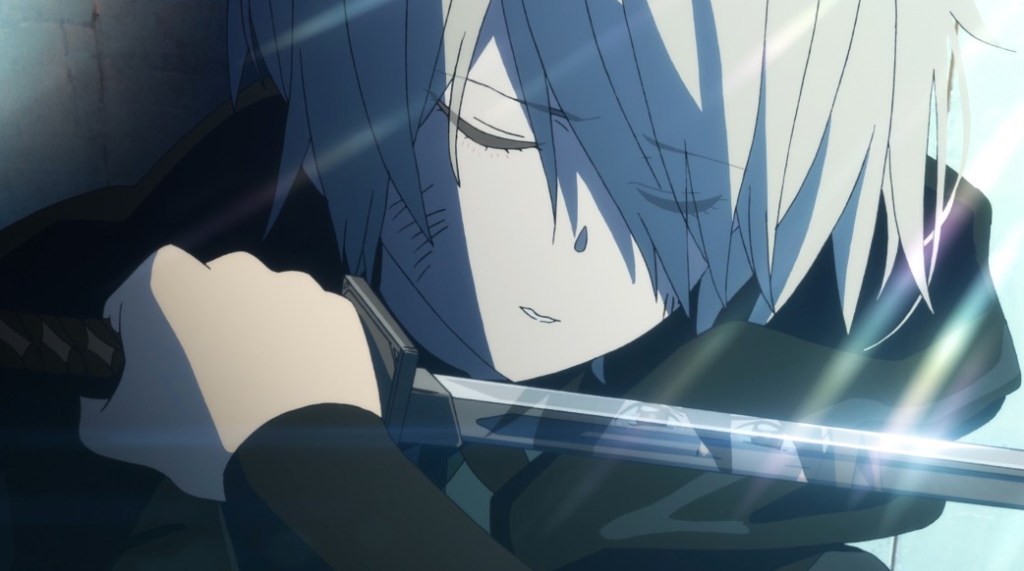

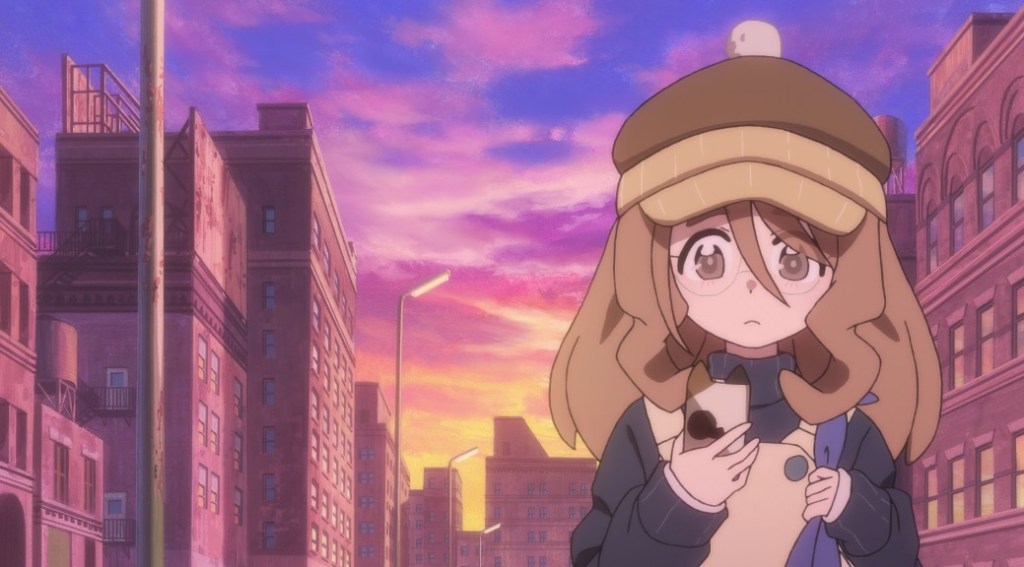




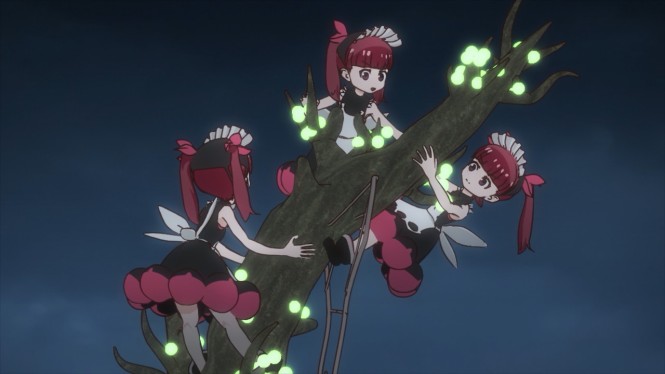


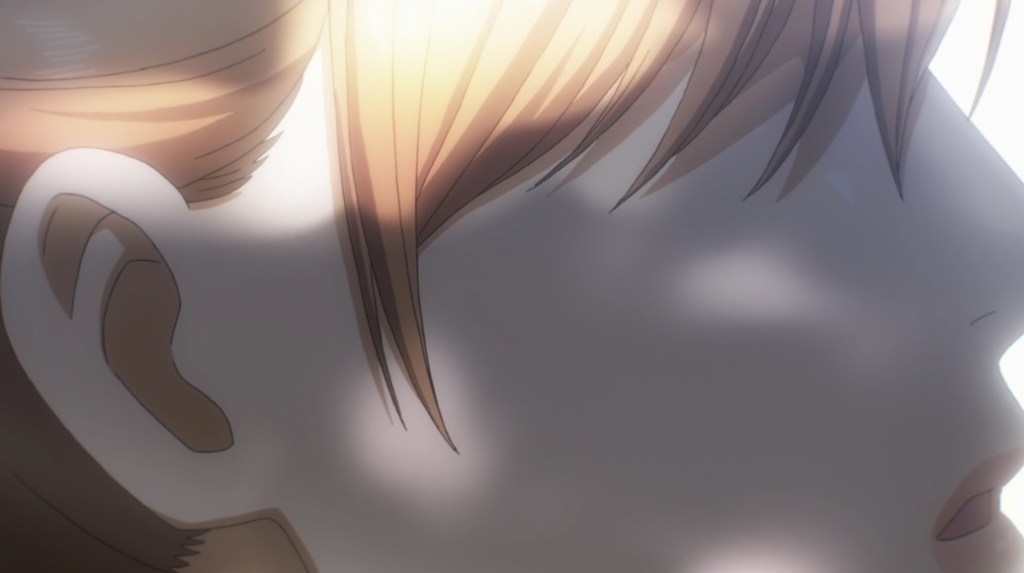
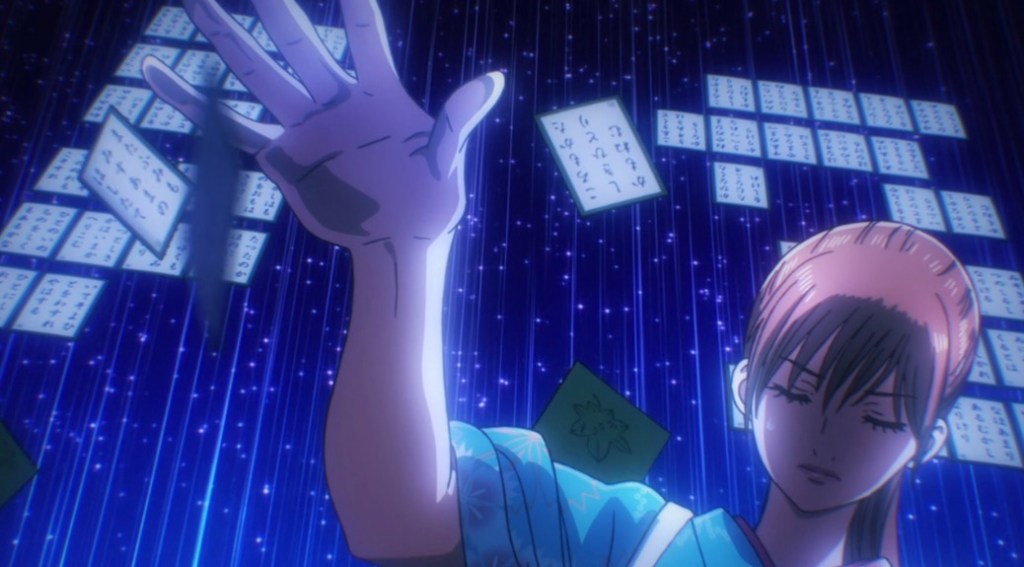
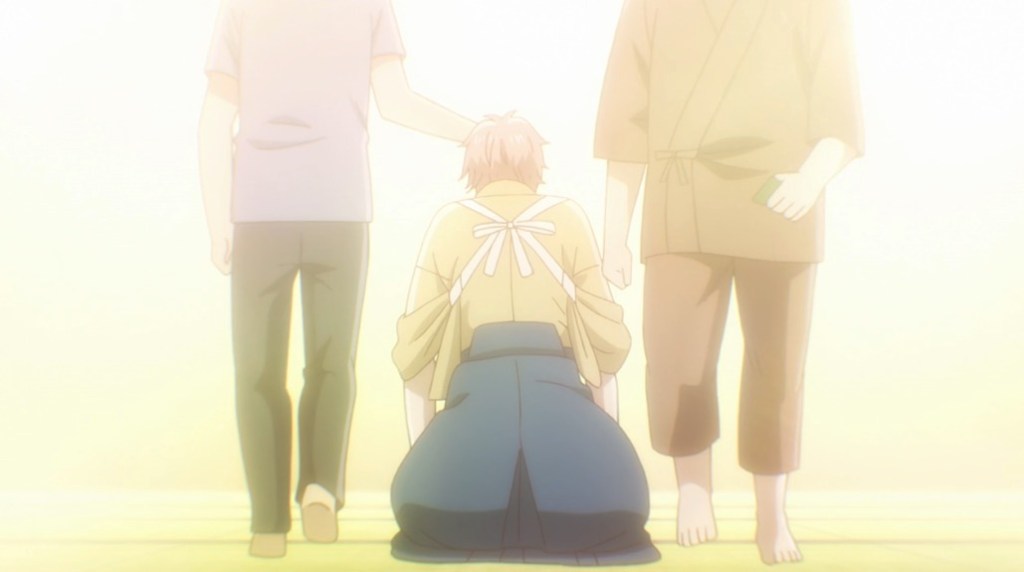
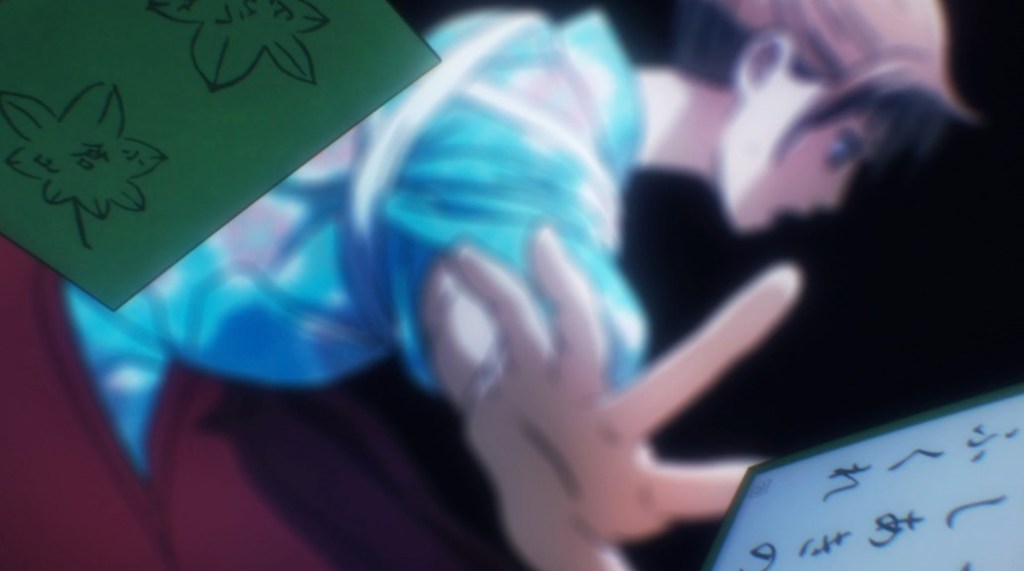

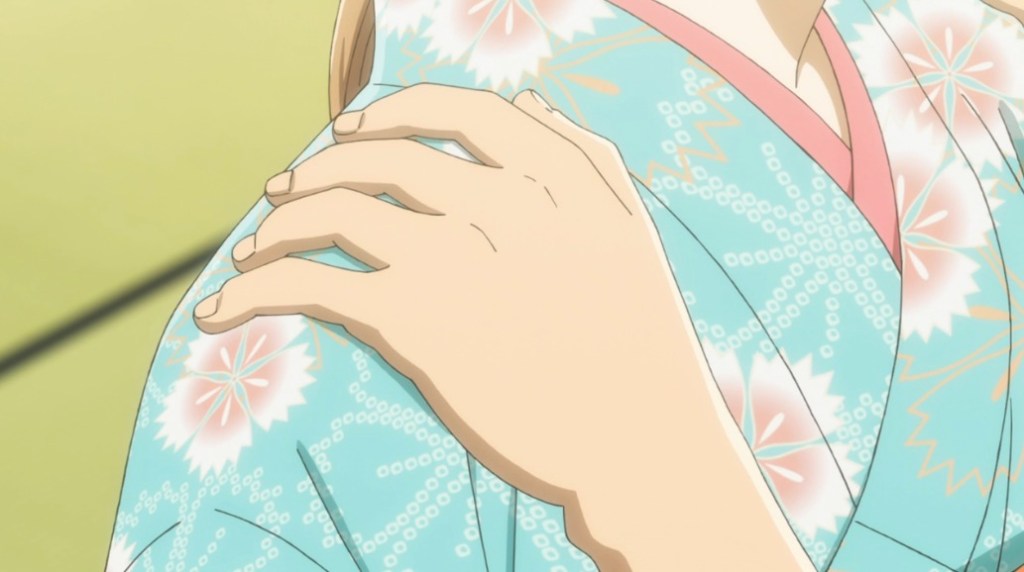
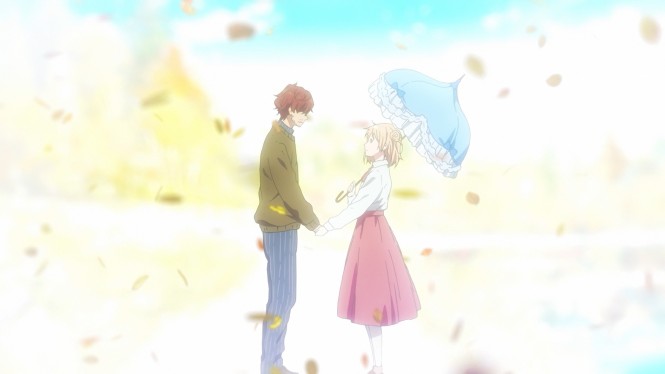

I think this year the quality of the stories fell a bit compared to the previous year, I admit not having seen so many new titles this year compared to the previous one, …
It is a pity that BlackFox was degraded from series to film, I would have liked to know how it ended.
and I think I spent more time watching series of much earlier seasons that aroused my curiosity, and revising series that I had already seen and enjoyed.
additionally, due to my fascination with scale models I discovered that Girls Und Panzer is not a bad series
||||
Yo creo este año la calidad de las historias bajó un poco con respecto al año anterior, yo admito no haber visto tantos títulos nuevos este año comparado con el anterior,…
es una pena que BlackFox fue degradado de serie a película, me hubiera gustado saber como terminaba.
y creo que pasé mas tiempo viendo series de temporadas mucho anteriores que despertaron mi curiosidad, y revisitando series que ya había visto y disfrutado.
adicionalmente, debido a mi fascinación por modelos a escala descubrí que Girls Und Panzer no es una mala serie
LikeLike
All we can do is cross our fingers that Blackfox returns in some form! I’m sure the creators would like to make the rest of it…
And revisiting stuff is always good, in my opinion. The experience is a unique one compared to watching something new for the first time.
LikeLike
No arguments about Granbelm or Blackfox… Though I might quibble that the former ran on about an episode and a half too long. As good as the final confrontation was, I got the feeling I was watching a shonen or they were simply trying to run out the clock. In some ways, I had this “can-they-just-get-it-over-with” feeling in the pentultimate ep.
Chihayafuru has been simply outstanding. Which is what we’ve grown to expect, no? I’ve loved the latest eps, where we’ve gotten a look at the adult world of karuta our protagonists are standing on the threshold of.
Other good stuff too, Especially Oh Maidens and Promised Neverland. The latter coming as a surprise to me as any kind of horror is usually so far outside of my wheelhouse.
Beyond TV… Yeah, it’s been one hell of a year for me as you well know. (In a particularly evil bit of synchronicity, I had just posted about Kyoani when my brother called…)
And, I note, you still haven’t watched Yorimoi. I’m trying to not going to be too pushy about it, but I won’t let you forget it exists!
LikeLike
I agree with you re: Granbelm, although I think it was the final episode that felt unnecessary to me compared to the penultimate episode. I thought Mangetsu should have been the one to defeat the final guardian and let Shingetsu go on after that, but instead Shingetsu had to re-defeat someone who had already been defeated… plus it kind of made Mangetsu’s sacrifice feel cheap when it didn’t really achieve anything.
Chihayafuru is a level above. I’m not caught up on this third season so I can’t officially call it the best anime of 2019, but it is.
I’m absolutely intended to get back to Oh Maidens. I don’t have Hi-Dive and finding it through other means was too much of a pain during the season, but I need that Mari Okada injection.
Maybe I’ll watch Yorimoi someday… no promises, though, as that will only end in heartbreak!
LikeLike
And here I am, almost a month too late.
I actually liked Granbelm. I very nearly dropped it after the first episode, but a review of the second episode convinced me to pick it back up again, and I’m glad I did. I wasn’t too fond of the mecha battles, because I had a hard time following what was going on. The graphic style was often… not conducive to clarity (at least not if I’m the guy on the other side of the screen). I remember quite liking the finale, but I can’t remember the show well enough to tell you why. Cute show.
I liked Black Fox, but it’s more a case of “it’s good to see films like this haven’t died out yet” than a case of “this is great I need more”. Kemuikusa was good. Bungou Stry Dogs and especially Chihayafuru were welcome comebacks.
The thing is, all in all 2019 wasn’t that good a year. It was a good year for comedy: I liked Endro~, Demongirl Next Door, and especially Wasteful Days of Highschool Girls. Feelgood shows were good, too, with Senryu Shoujo and My Roommate is a Cat occupying different corners of the category. And then there were some outstanding shows like Fruits Basket, Beastars, Vinland Saga and Given.
But there’s nothing that makes the year really memorable for me, and no show has got me so excited that I want to recommend it to everyone, even if I suspect they won’t like it.
The KyoAni tragedy was a real gut-punch, and much like Derek, I was also hit by personal loss around that time… I’ve seen a lot of people have trouble this year, to the point that I didn’t know where to look to get a little comfort. With the KyoAni tragedy, it was just so hard to react, too. What can you even say? It might be a lot easier for people who can channel frustration into anger at the perpetrator, but for people whose natural response is a mix of fatalist cynicism and naive incredulity? I was just sitting there thinking “How can anyone…? What goes in their head space?” And then you remember the rather aweful production situation for animators and staff, and then you think that from all you’ve heard KyoAni is actually one of the nicer companies to work for…
I’m not going to look back at 2019 as my favourite year ever, but it’s maybe fitting that anime provided me with so many feelgood shows that really worked. It sometimes helps.
LikeLike